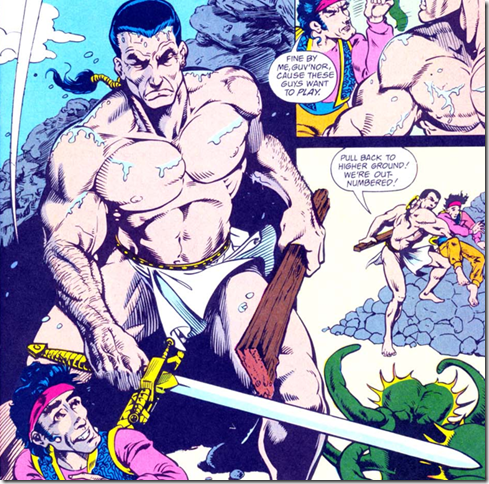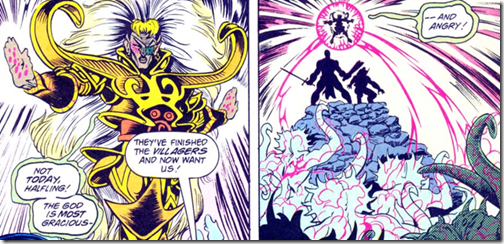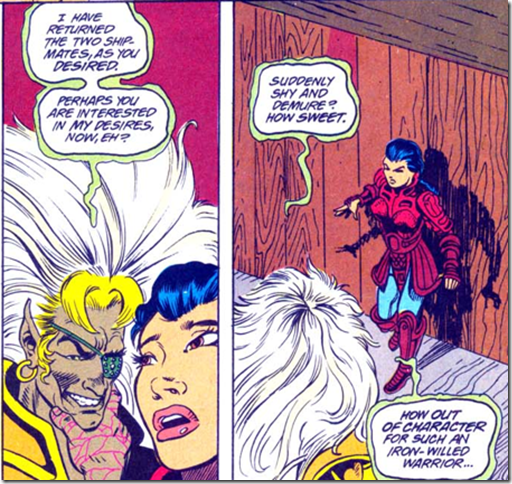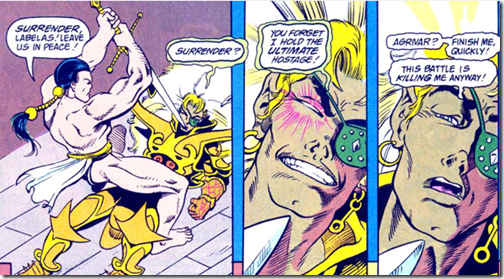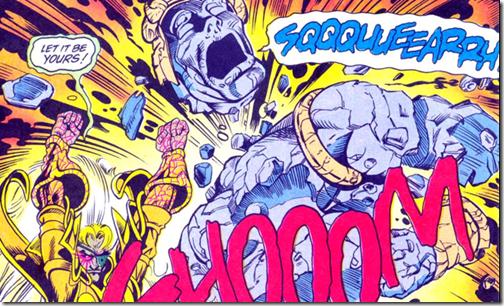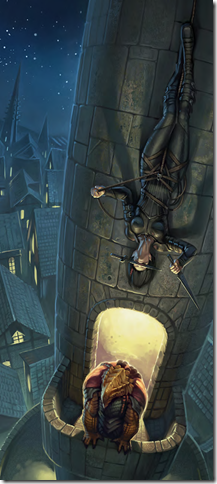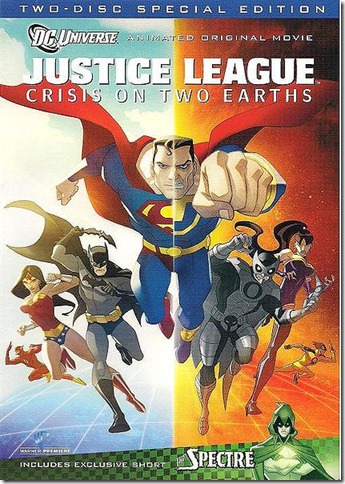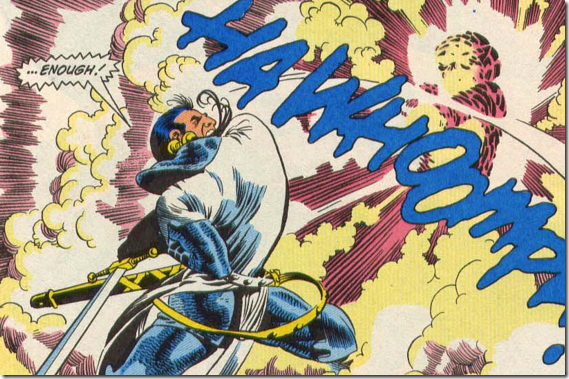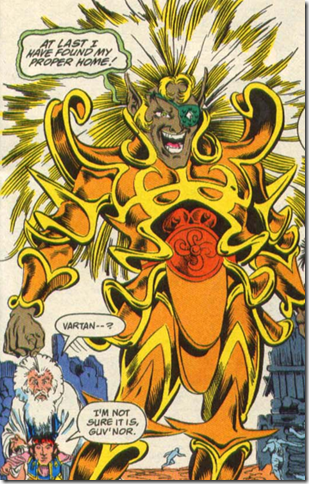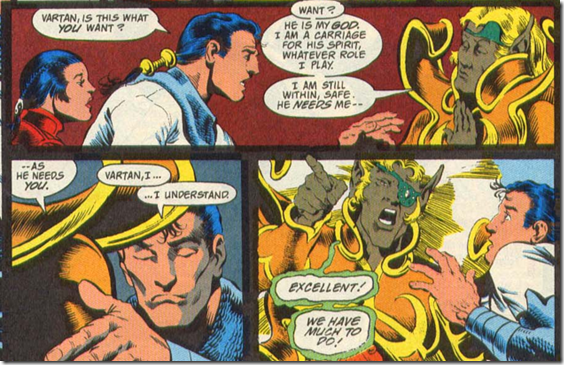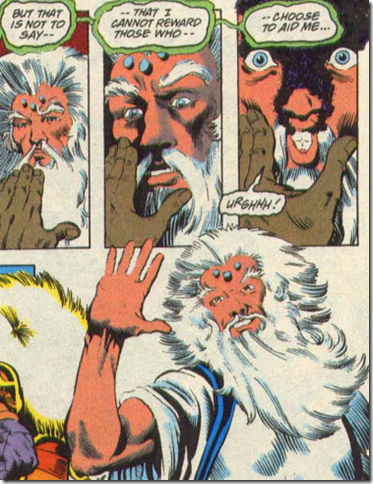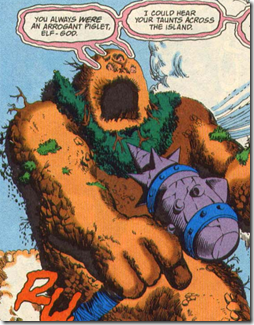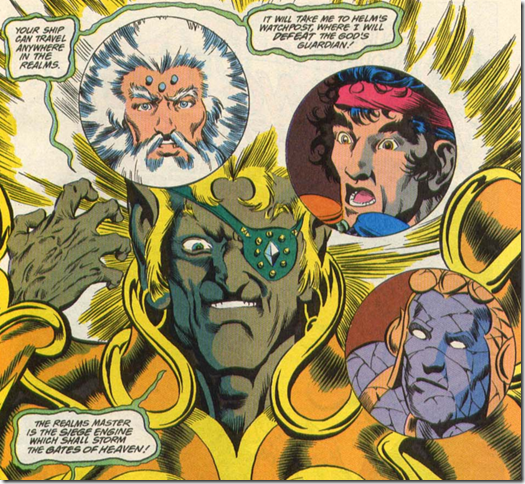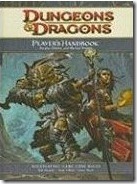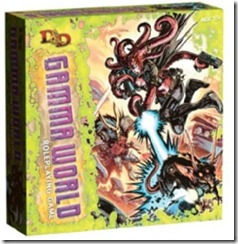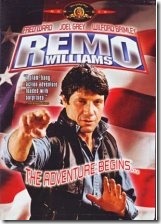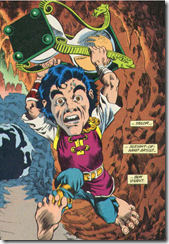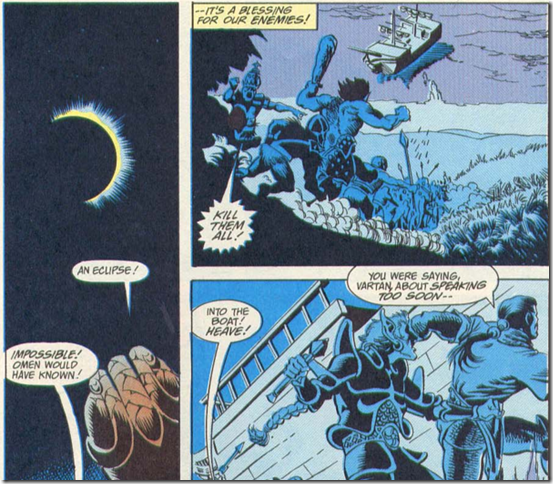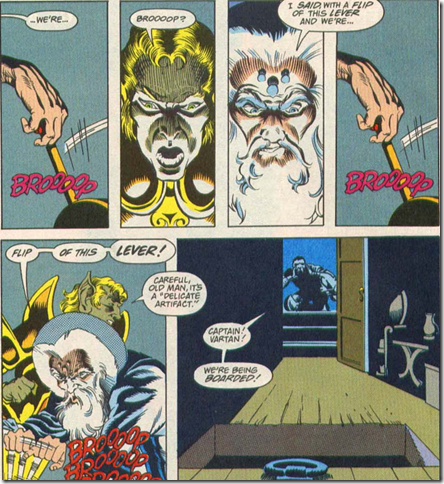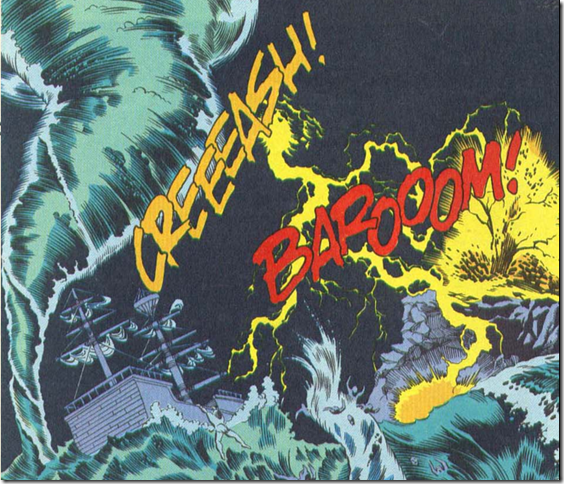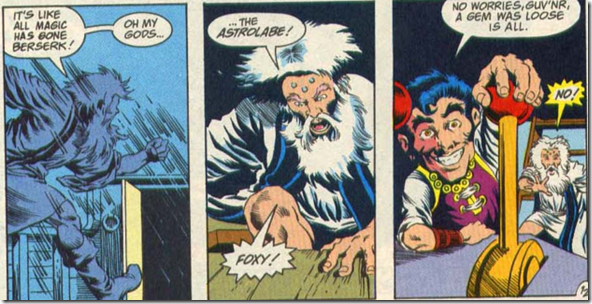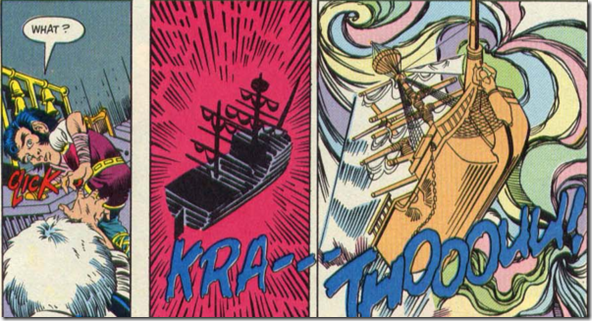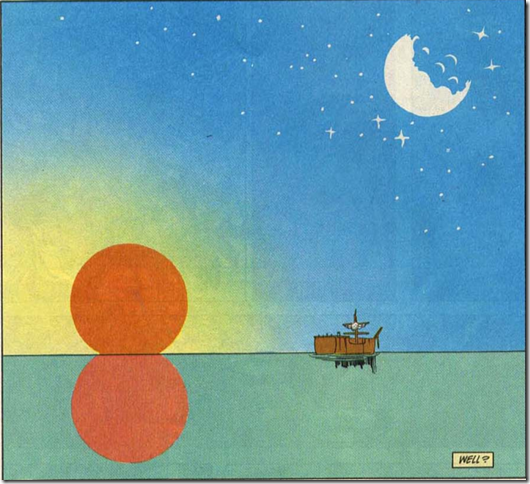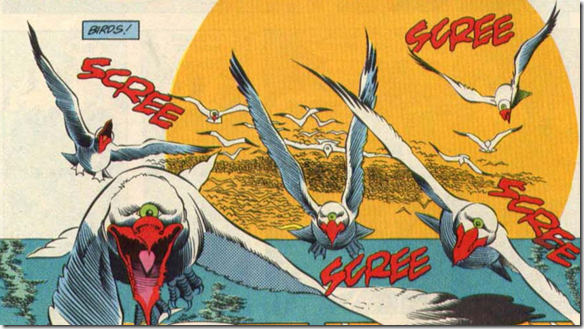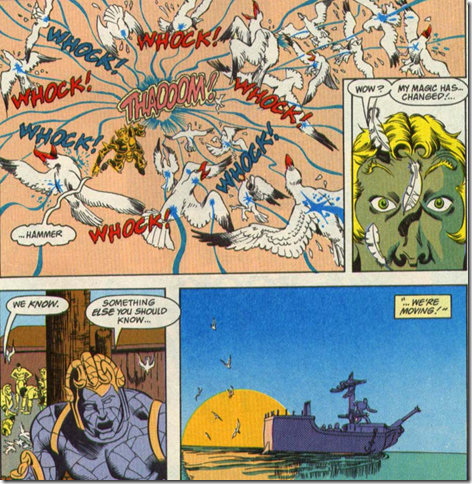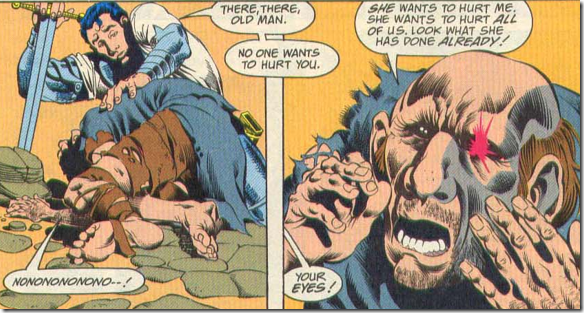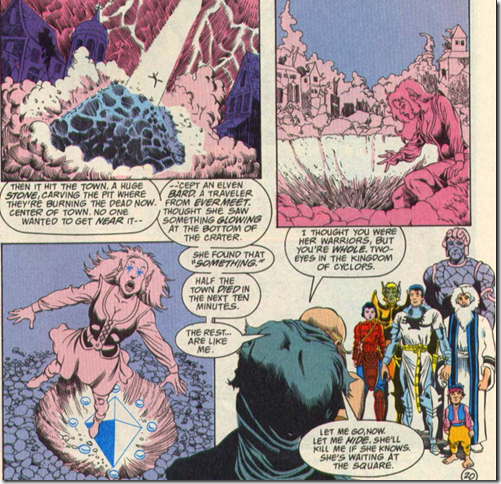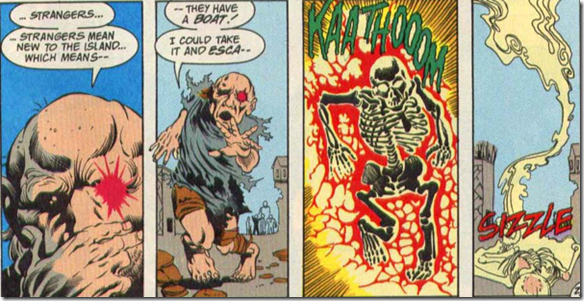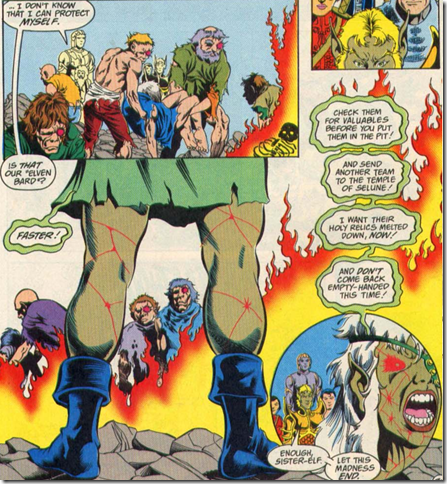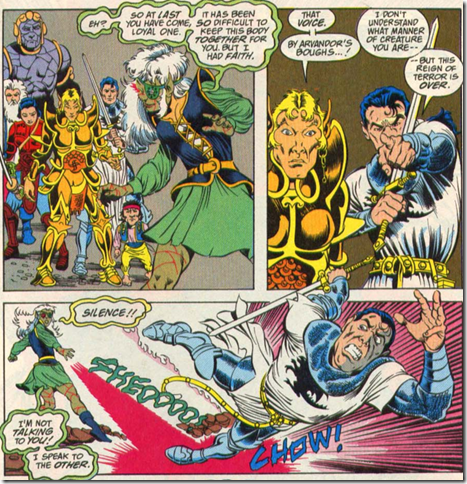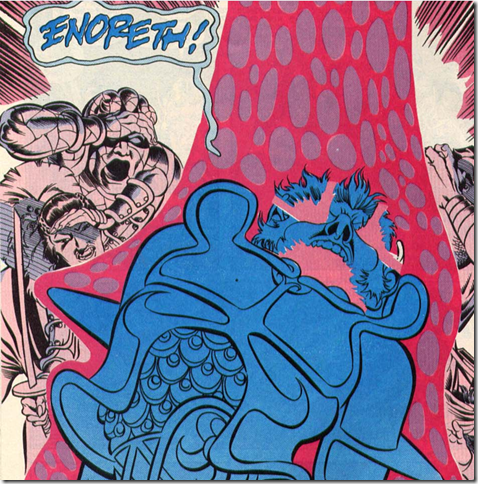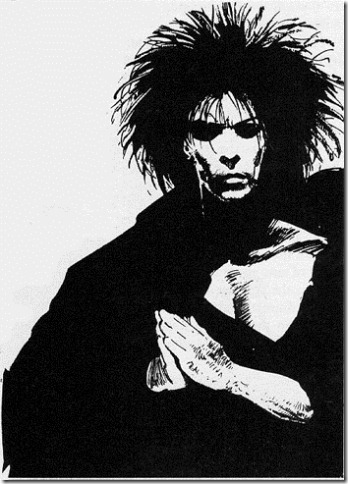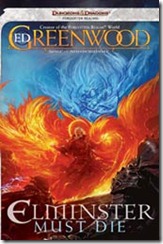The Lords of Tyr has always been pretty technologically savvy group of gamers. The original lords were all IT professionals who met through work. While the group soon grew beyond the founders, we still tend to use technology into our games liberally. For character creation we use tools like the D&D Character Builder. Rather than a battle map and miniatures we use RPTools. We even broadcast our games using UStream and allow remote players to join using Skype.
I am starting to wonder if this is a good thing.
This is a concern I have had for awhile, but it really came to the forefront a few weeks back when we were playing a Dungeons & Dragons 3.5 game. One of the lords had been gone for a few sessions and didn’t realize we were running a new game. He didn’t have a character so he had to make one up on the spot. After awhile it became obvious that he couldn’t.
The problem was that he generally used E-Tools to create characters for D&D 3.5, but he didn’t have it loaded on his laptop. After I noticed he was struggling, I helped him load PCGen to help get him started. Once he had a character creation program in front of him, even an unfamiliar one, he was up and running.
This feeling was only exacerbated when I heard my fellow lords talk about the Heroes of Hesiod game Tyrwench ran on September 11th. The game was run without any of the technological tools we normally use. Everyone present talked about how nice it was to play old school with pen, paper, and tokens.
On the other hand, our embracing of technology has provided us with many benefits. Despite my comments above, the Character Builder does make character creation much simpler. The Rules Compendium has allowed us to run games without lugging around a backbreaking amount of books. Using electronic maps and initiative trackers has sped things up at the table. More importantly, the remote capabilities of these tools have allowed members who might not be able to attend the session otherwise to at least be able to attend virtually.
In fact, the success of these tools have lead to a Wednesday night game which is entirely remote. The Lords of Tyr are scattered throughout the Greater Chicagoland Area. There is no way we could get together on a Wednesday night to game for three hours if we had to include travel time. Without the technology, that game wouldn’t even be possible!
I am not suggesting that the Lords of Tyr abandon technology completely. Maybe we just need to step back from the edge from time to time, similar to the Heroes of Hesiod game. Throwing a low tech game in every so often might be a nice change of pace. More importantly, it might remind us why we fell in love with pen and paper gaming in the first place.
So how has technology affected your gaming? Do you loathe it when someone cracks open their laptop or are modern gaming tools a convenience that you would not want to go without?


